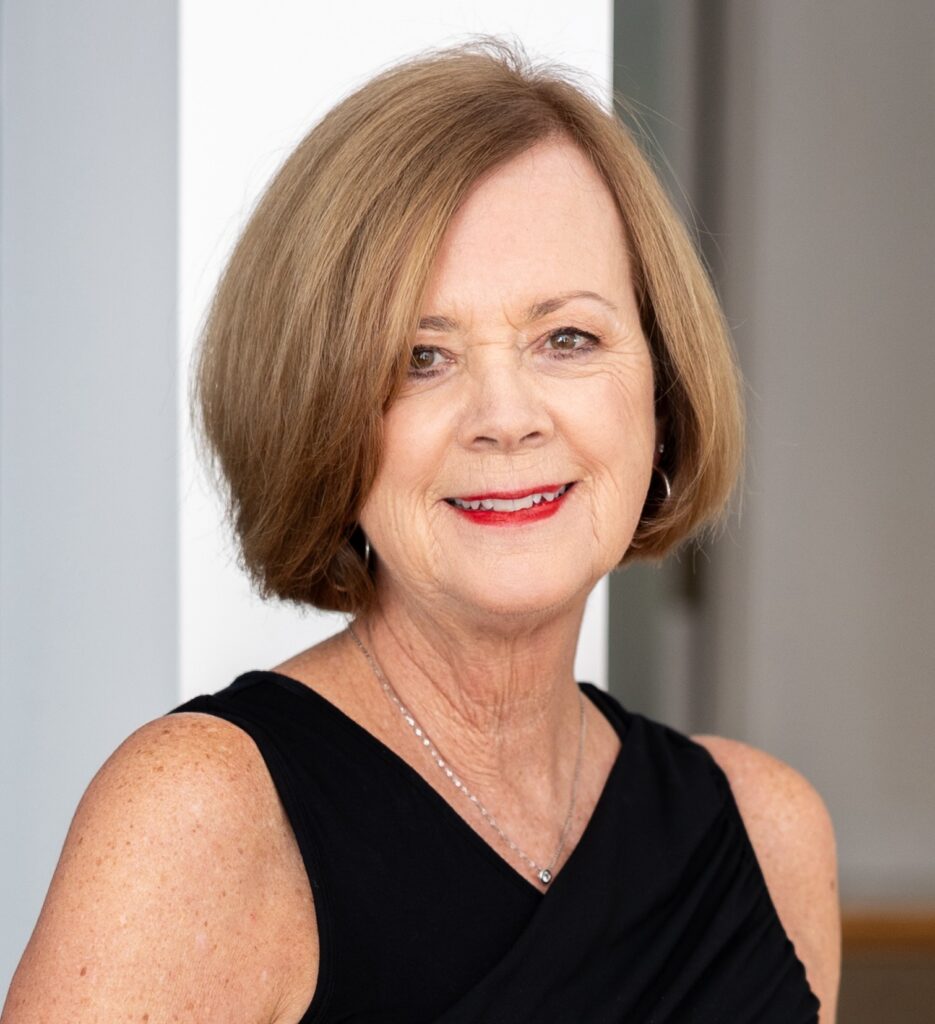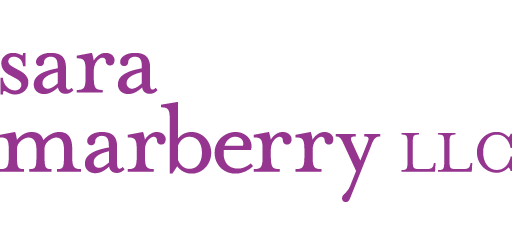
Last Saturday, I returned from a 15-day trip to Egypt.
While I was gone nothing changed — except everything.
And while we don’t know the full impact of Covid-19 yet, experts are advising us that it’s going to get much worse before it gets better. And it seems like something new happens every day.
What does this mean for those of us in the healthcare planning, design, and construction industry?
No Meetings — For Now
A major event this month — ASHE’s Planning and Design Conference has been cancelled. The WELL Building Conference in April has been postponed. Neocon is cancelled. We’ll also not be meeting in Louisville in April for the Environments for Aging conference.
But those are just meetings, right? We can survive without them.
Sure, but conferences are places where people make business connections, learn new things, and renew their passion for the work they do.
The Beryl Institute has announced that it will be conducting its PX Conference virtually. And while I’m a big fan of online learning, it’s just not the same as being there.
Plus what about the exhibitors at these conferences? As far as I know, no one has invented an online trade show yet. Well maybe, sort of. They are called websites.
We’re going to have to adapt and improvise. Thankfully, we have the technology to conduct business virtually for now.
What About Healthcare Facilities?
Most U.S. hospitals and residential care facilities are designed to combat infectious diseases like the coronavirus.
In an article posted last week, CannonDesign points out that hospitals are highly regulated when it comes to safety and infection. And they are designed to prevent the spread of infection. The same is true of skilled nursing facilities.
Many hospitals also have biocontainment and isolation care units.
The problem, as we all know, is that as the number of cases grows, there will be a shortage of hospital beds to care for sick patients. Array Advisors has developed a model that analyzes the combined impact of current cases in each state, risk factors, and the state’s existing capacity of ICU and Med/Surg beds.
Even if hospitals cancel all elective surgeries, Array predicts that there will be no available ICU beds by the end of April, and beds in Med/Surg units will reach full occupancy by mid-May. This could be sooner if the virus spreads faster than the model projects or if hospitals do not cancel elective cases.
Finding More Beds
I doubt that the U.S. government will be constructing “hospitals” in 10 days like the Chinese did in Wuhan. Or building Emergency Medical Aid Ships as they are also considering.
But, as Array points out, maybe some of the underutilized beds in Veteran’s Affairs and military hospitals could be put back into action. The U.S. Navy is already sending two of its hospital ships into action — one to New York City and the other to a yet-to-be-determined location on the West Coast.
But because of their close quarters, these floating hospitals won’t be taking any COVID-19 patients. That’s okay. There’s plenty of other sick folks who can be treated onboard, freeing up hospital beds ashore.
Strategies for Managing the Crisis
This is going to be a true test of our healthcare system — not only in terms of facilities, but staffing as well.
Array says that the Cleveland Clinic is looking to convert a nearby hotel to create more bed capacity. Perhaps there are opportunities to partner with local colleges and universities whose dorm rooms are now vacant. It probably depends on the building infrastructure that’s already in place.
And, as Modern Healthcare reports, other than cancelling elective surgeries, there may be other ways to free up existing beds — like speeding up discharge protocols and moving patients being “boarded” in EDs to other floors.
In a piece published by Healthcare Design this week, healthcare architect Sheila Cahnman asks, “Can this mobilization spur a rethinking of processes and healthcare settings, boosting new ideas that are just beginning to take hold and reinvigorating best practices?”
I hope so.
We’re going to have to be proactive, resourceful, and creative. It’s the only way we’re going to get through this crisis.
How are you managing?
Bonus
Check out the resources ASHE has compiled to assist healthcare facilities professionals in their efforts to reduce the spread of COVID-19.
P.S. Please do me a favor — if you liked this post and like this blog, please share it with others by sending them the link or posting it on your Twitter, LinkedIn, or Facebook. Also, don’t forget to subscribe, so you’ll get emails when new content is posted. Thanks!
Photo: ID 43544491 © Kurt Kleemann | Dreamstime.com
If you like this post, please share.

What’s my story? I’m a healthcare and senior living design knowledge expert who writes and speaks frequently about trends and issues affecting these two industries. I’m also a strategic marketing consultant and content creator, working with companies and organizations who want to improve the quality of healthcare and senior living through the design of the physical environment. You can reach me at sara@saramarberry.com.


6 Responses
Great message Sara. and thanks for the update.
Thanks, Barbara! Things are changing every day.
Hi Sara, This is just a suggestion there are literally 1000’s of empty hotel rooms around the country in large cities. Hotels would be perfect for additional beds they all have bathrooms, kitchens, linens, telephones etc. All the empty schools would be a runner up.
Good suggestion, Katie!
This is a golden leadership opportunity for healthcare care professionals – every community will need more resources than it has – ‘design thinking’ and leadership is now needed everywhere – let’s seize this opportunity and have our professional journals feature our grassroots accomplishments.
Great post and thanks for all the message. Lots of good information going around and it’s much appreciated. In addition Texas A&M University has a series of research projects and a lecture series on the various challenges and would welcome virtual attendance for any interested. The faculty is under development and impressive. Anyone interested in participating is encouraged!